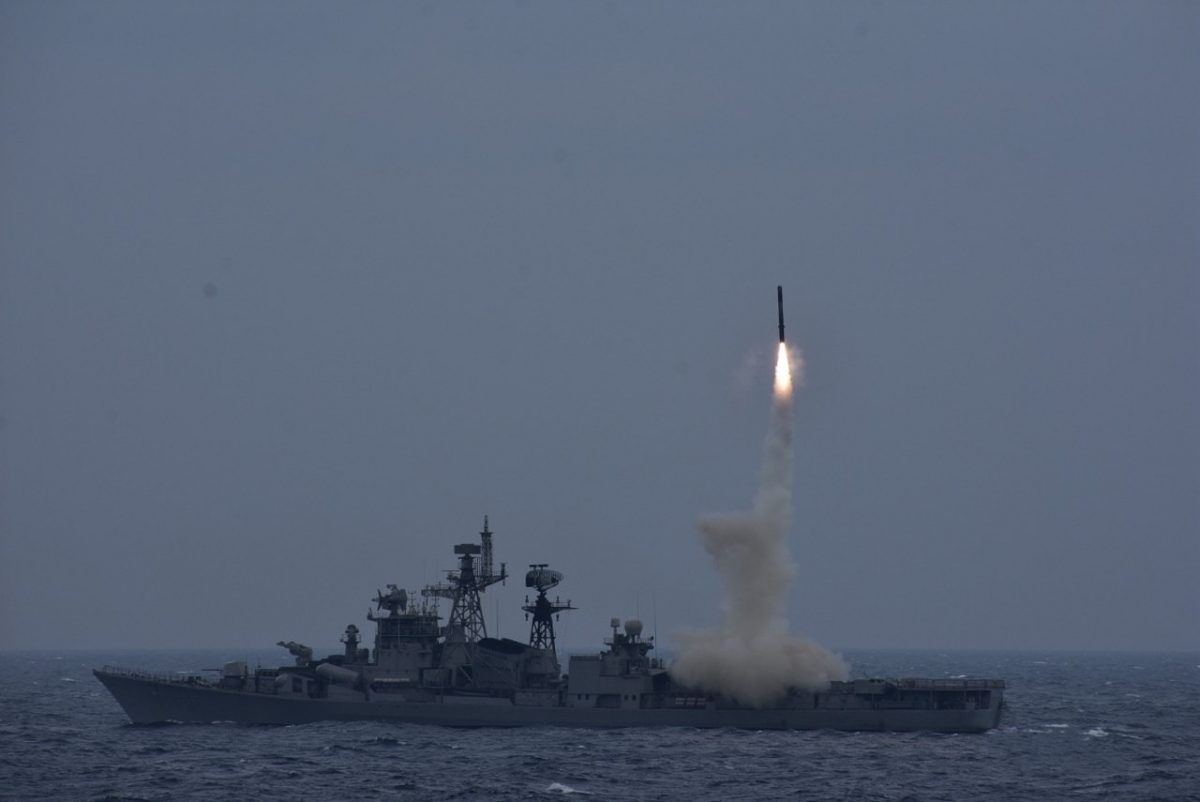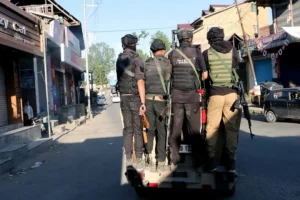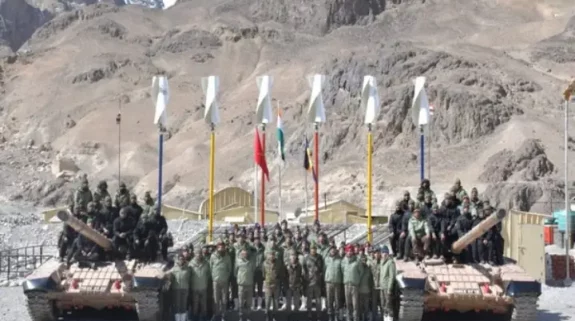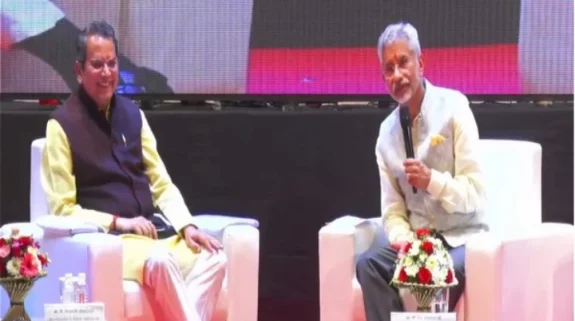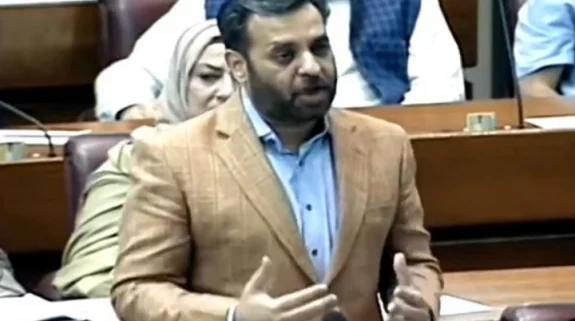In yet another milestone, India's Defence Research and Development Organisation (DRDO) has successfully tested a home-grown air delivered smart bomb that targets airfields. The Smart Anti-Airfield Weapon (SAAW) was fired from Hawk-I trainer aircraft off the Odisha coast on Thursday.
SAAW is indigenously designed and developed by DRDO’s Research Centre Imarat (RCI) Hyderabad. This is 125 Kg class smart weapon, capable of engaging ground enemy airfield assets such as radars, bunkers, taxi tracks, and runways etc. up to a range of 100 kms. The high precision guided bomb is light weight as compared to weapon systems of the same class. The weapon was earlier successfully test fired from Jaguar aircraft.
This was the 9th successful mission of SAAW conducted by DRDO till now. It was a text book launch, which met all mission objectives. The telemetry and tracking systems installed at Interim Test Range (ITR),
Balasore captured all the mission events.
Analysts say that the development of the weapon has acquired urgency to ensure that India maintains an edge in the air over China, which is engaged in an extended military standoff with India. The rising tensions on the borders with China and Pakistan has spurred DRDO into an overdrive to enhance India's conventional and nuclear deterrent. In recent months, the weapon designer has successfully flight tested the Hypersonic Technology Demonstrator Vehicle (HSTDV), which is an unmanned scramjet vehicle that can travel at six times the speed of sound, defeating all existing air defence shields.
It has also tested Shaurya, another land based nuclear capable missile, following the test of K-4 – a 3500 kilometer range submarine launched missile that can deliver atomic warheads. The K-4 are customised for launch from India Arihant class nuclear powered submarines.
Other tests include that of Laser-Guided Anti Tank Guided Missile (ATGM) from the domestically developed Main Battle Tank (MBT) as well as the BrahMos surface-to-surface supersonic Land-Attack Cruise Missile (LACM). The DRDO has also tested the anti-radiation missile named Rudram, developed for the Air Force (IAF), which was successfully delivered by a Sukhoi-30 MKI fighter jet.
DRDO's focus on self-made weapons docks with New Delhi's Atmanirbhar Bharat doctrine. Last week the Cabinet approved manufacture of 83 Light Combat Aircraft—Tejas, which will be able to carry out both air defence and strike roles in the neighbourhood.
“The LCA-Tejas is going to be the backbone of the Indian Air Force (IAF) fighter fleet in years to come. LCA-Tejas incorporates a large number of new technologies many of which were never attempted in India. The indigenous content of LCA-Tejas is 50 per cent in Mk1A variant which will be enhanced to 60 per cent," Defence Minister Rajnath Singh wrote on Twitter.
Around 500 Indian companies including MSMEs in the design and manufacturing sectors will be working with Hindustan Aeronautics Limited (HAL) to produce the jet.






